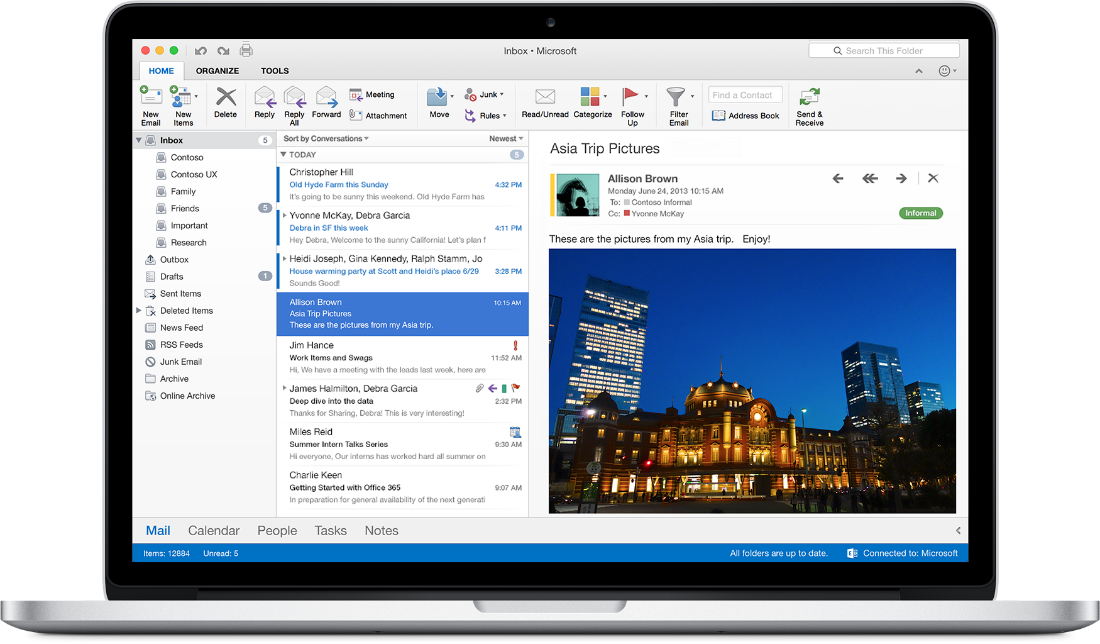


It is part of the Microsoft Power platform. Being a low-code platform, the tool is cloud-based. The tool automates workflow and takes it to the next level. Previously popular as Microsoft Flow, Power Automate is a tool that is quite popular with businesses.

They often look for the best tools to help them successfully achieve their automation goal. Every business today seems eager to reap the benefits of automation, making their workflow smooth and hassle-free. How to secure Microsoft 365 in 2023Īutomation has become the trending word on the business horizon.

In addition, SecOps teams get powerful tools that allow them to customize simulation training based on detailed insights into where there are knowledge gaps in the organization. Microsoft Defender for Office 365 includes built-in phishing simulation training to train employees and senior leaders to reduce the likelihood of real-world attacks. Technology is the key, but users are often the weak link in phishing attacks, so training is a crucial element in ensuring that phishing links remain untouched by your employees. By integrating seamlessly with Office, Microsoft Defender can provide a user experience that feels native, is easy to use and minimizes processing overhead, without compromising on security. Using advanced machine learning, an unparalleled massive threat signal database and other innovative heuristics, Microsoft Defender for Office 365 is able to identify phishing attacks across the organization, while also providing advanced prevention, detection and response features seamlessly integrated into Office 365. Microsoft Defender for Office 365 provides comprehensive email protection against attacks such as phishing, corporate email compromise and ransomware. Microsoft has been working with organizations worldwide to protect against ransomware and phishing and is pleased to announce that SE Labs has named Microsoft Defender for Office 365 as the best email security service of 2023. Twenty-seven percent of all cyber attacks involve corporate email compromise campaigns, making email the primary entry point and a major vector of compromise.1 To effectively protect against this constantly changing and evolving threat landscape, organizations need to proactively implement security that is directly integrated with their email systems to stop attacks before they reach endpoints or other assets. In today’s world, where hybrid and remote working is on the rise and businesses now rely on email more than ever, phishing remains one of the most prominent and sophisticated techniques used by malicious actors to attack organizations and gain access to their most sensitive information.


 0 kommentar(er)
0 kommentar(er)
